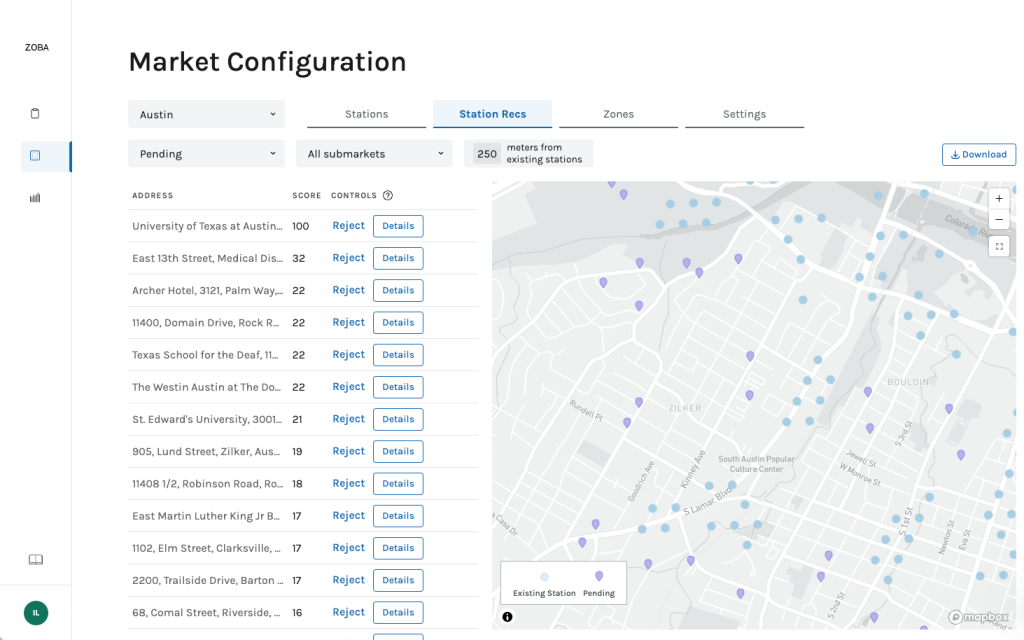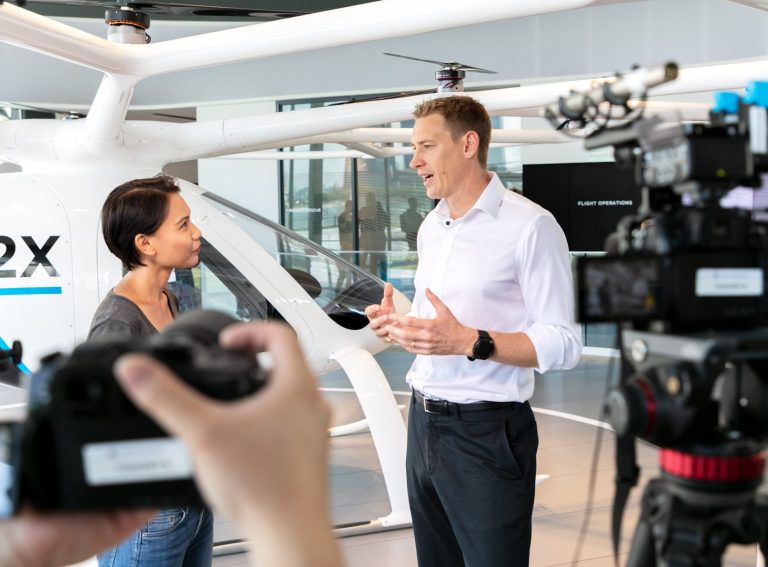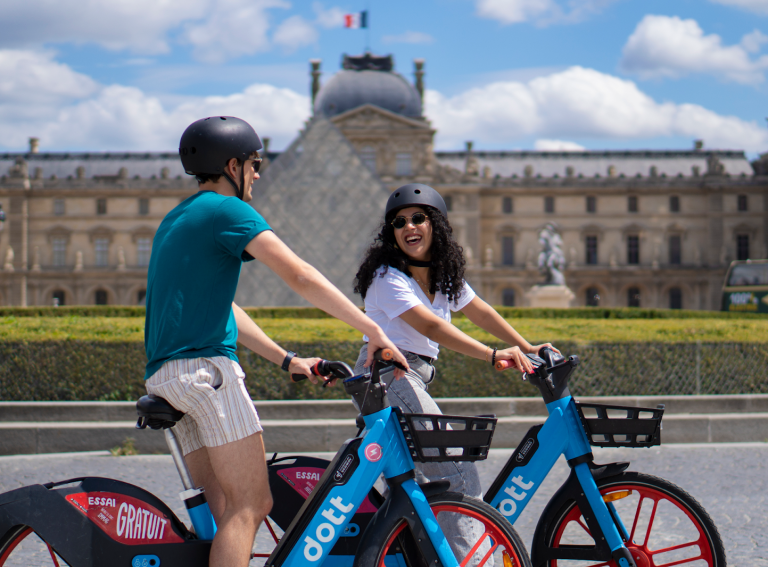One of the biggest hurdles to shared micromobility adoption is designing a service that riders can readily access.
This means having your vehicles in the right place at the right time – that starts by having the right stations.
Anticipating demand in city centres where footfall is high is doable but what about outlying urban areas that do not have obvious or standardised demand patterns?
Having toyed with this question for some time, Zoba Product Manager Charles Farr and his team now think they have the solution – Station Recommendations.
For years, Zoba has used their demand forecasting models to help operators improve their existing operations, but with this new feature they are for the first time helping operators expand their networks by proactively identifying underserved but high potential areas.
Zag Daily: How does Station Recommendations work?
CF: “At Zoba we model where demand is and how it will shift throughout the day like a weather forecast to help operators position vehicles. Our new Station Recommendations feature extends these insights beyond an operator’s existing network of parking spots to identify additional stations that would increase access and ridership. Once we have identified these, operators can easily set up virtual stations for their teams and customers, or use the insights to inform decisions about new infrastructure (like racks or corrals).”

Zag Daily: Do you have an example to show the level of impact this feature can have?
CF: “Sure, we have been working with a major US metro’s operations team and what we have found is that new stations have outperformed our client’s existing stations by between 50-200% in terms of net new ridership. This serves as a signal to operators that scaling your stations can be a real revenue driver and with this new feature, identification doesn’t have to be at random or based on intuition.”
Zag Daily: How are you calculating where new stations should go?
CF: “Our recommendations are based on Zoba’s market-level demand forecasts, which we calculate and update every day for markets leveraging historic ridership patterns, weather and other data.
“It is common to see operators run a static deployment strategy that revolves around placing lots of vehicles in a central business district, which will generate rides as there are lots of people in those areas. But beyond a certain point, things tend to stagnate and so you need to expand your pool by placing vehicles in areas that are generally under serviced. And the hard part here is that these more outlying areas don’t have standard demand patterns, or demand throughout the day as a CBD hotspot does. Without some insight to tell you how a Tuesday evening differs from a Thursday morning, it becomes really hard to make decisions that generate net positive outcomes. Having worked in operations before moving to the product team, I’ve seen first hand how hard it is to predict demand – AI is far better than humans at this. So we recommend where to deploy these stations throughout the day and week to maximise ridership in those areas.
“Our goal at Zoba is to make recommendations on where to place vehicles on a day-to-day basis, and now station recommendations provide insights on unserved areas. Operators can ask our platform to give you a new station recommendation that is say 500 metres away for any current station, and we’ll tell you the best location for that station, allowing you to expand their network’s reach.”
Zag Daily: Do you think this uncertainty about where to place vehicles acts as a major block for operators trying to reach profitability?
CF: “100%. Once an operator places their vehicles in the more obvious hotspots, the question then is where to go next. This feature helps operators understand how they can confidently grow their networks, so they know they are making the right moves at the right time throughout the day. There was an interesting stat that came out recently which cited that 80% of the population within cities don’t have regular access to micromobility, and so making this a service for everyone requires helping nurture growth for operators which is exactly what this tool does.”
Zag Daily: When will this feature be rolled out?
CF: “At Zoba, we are laser-focused on automating workflows and simplifying processes for operators. This feature is our latest step on this journey and it is now live for all customers. For Non-Zoba customers, we also offer a free station assessment as part of our proof of concept process.”





